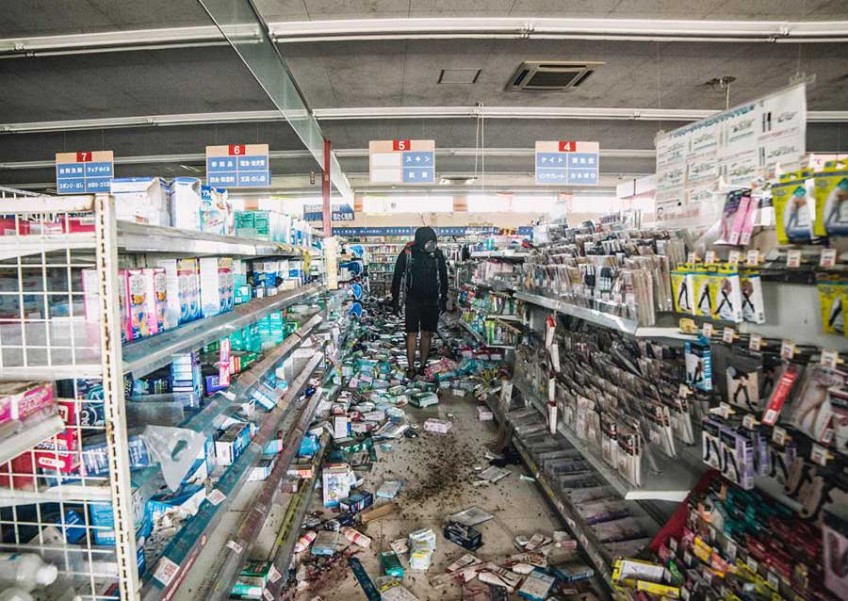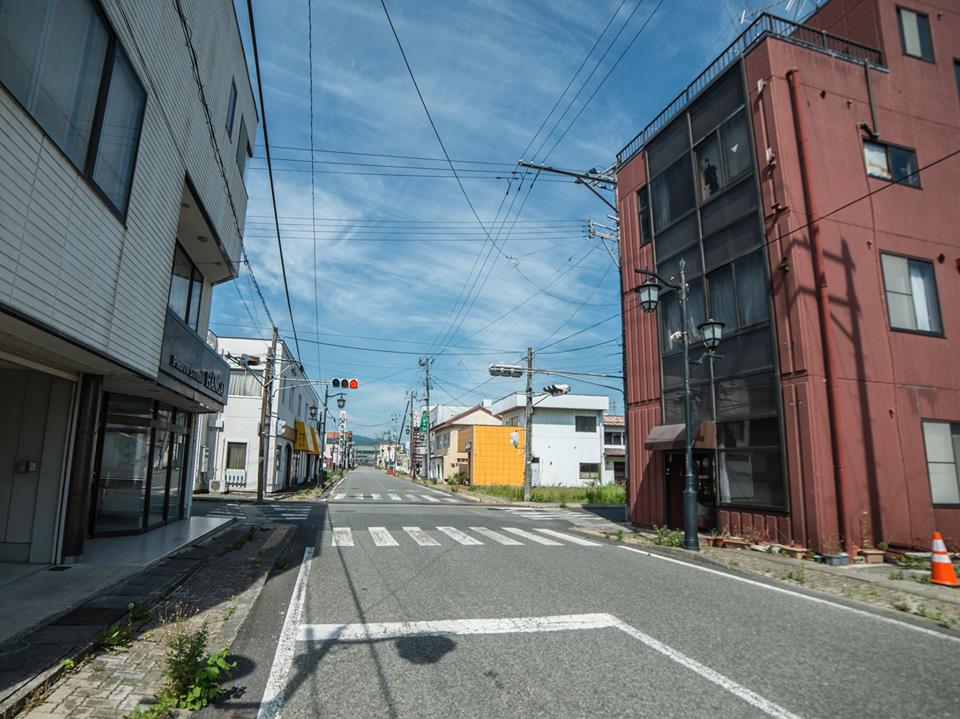Photographer releases haunting images of Fukushima's exclusion zone

It's been five years since tragedy struck the Japanese city of Fukushima.
Following the nuclear plant accident from a magnitude 9.0 earthquake and tsunami on March 11, 2011, a mass evacuation of the residents took place due to the fear of radiation.
A majority of them were forced to abandon their respective hometowns and to this day, over 100,000 people are still unable to return to their homes.
An 'exclusion zone' within a 20 kilometre radius of the destroyed plant was implemented by the Japanese government as a prohibited area. Divided into a few zones, the 'red zone', which is the most contaminated and deserted, requires a permit for entry. And it is only issued to those who have legitimate reasons to enter.
However, that hasn't stopped one photographer from exhausting all means so as to grant himself entry - even if he had to do so illegally.
Malaysian photographer Keow Wee Loong, 27, released images he personally took within the prohibited exclusion zone on Facebook.
He made clear that getting approval from the local council was "too much bureaucracy bulls***" for him.
Worst still, he lost all his money and credit cards shortly after he arrived in Tokyo in early June, and did not have the funds to apply for a five-hour permit to visit the exclusion zone.
So he did what needed to be done to carry on with his plans: He sneaked in with his two other friends, Singapore model Ms Sherena Ng, and Japanese Mr Koji Hori.
And he did this by walking through the forest in the wee hours of the night with the help of Google Maps, no less.
The photographer, who is based in Bangkok according to his Facebook profile, posted several pictures of his daring 13-hour visit to the Fukushima towns of Namie, Okuma and Futaba.
He is seen "shopping" at an abandoned supermarket that had products strewn all over the floor, stuff even looters have abandoned.
 Photo: Facebook/Keow Wee Loong
Photo: Facebook/Keow Wee Loong
Photos of a bookstore, a florist, a music store with shelves still stocked with albums, and even a bar (sans bottles of alcohol), depict a sad landscape of neighbourhoods that stand frozen in time.
Some photographs feature Keow, clad in shorts, long-sleeved hoodie, gloves and wearing a gas mask. Others show a man in a cap and long pants.
Keow's haunting images are fascinating, if not creepy as they provide the rest of us a chance to have an intimate look at these 'ghost towns' in Fukushima.
What's eerie is that despite no signs of life, traffic lights on the roads still work just fine, according to Keow.

Arresting as the images may be, many Facebook users have criticised Keow for not only endangering his life but also others. This is due to the radiation risk of entering the red zone without proper decontamination measures.
Keow explained that he had lost his money - about 300,000 Japanese yen (S$3,880) - and cards after he landed in Tokyo, and hence could not purchase any protective gear.
With no money, he also could not afford to wait for authorities to give him the green light.
He told AsiaOne in an interview: "It was a do-or-die situation. I already lost too much in Tokyo and applying for permit would not only require money, it would need time as well."
He also relied on whatever equipment he could get and did not feel a sense of danger in exposing his skin to the effects of radiation.
He said: "I wore a facemask to avoid directly inhaling the air and to avoid eye irritation. I don't think exposure to skin has that much of an adverse effect."
In an interview with Malaysian-based social news site Says.com, he revealed that Facebook blocked his account after unhappy users reported him.
But Keow maintained that he posed no danger to others as he was scanned and given the all-clear when he returned to the 'yellow zone'.
"I did my research on this, and I know the risks well," he said.
Ultimately, Keow told AsiaOne that he has no regrets and credits Ms Ng for coming up with the idea in the first place.
He said: "Without her, we would not have embarked on the project and the photos would not have materialised."
ssandrea@sph.com.sg
sujint@sph.com.sg